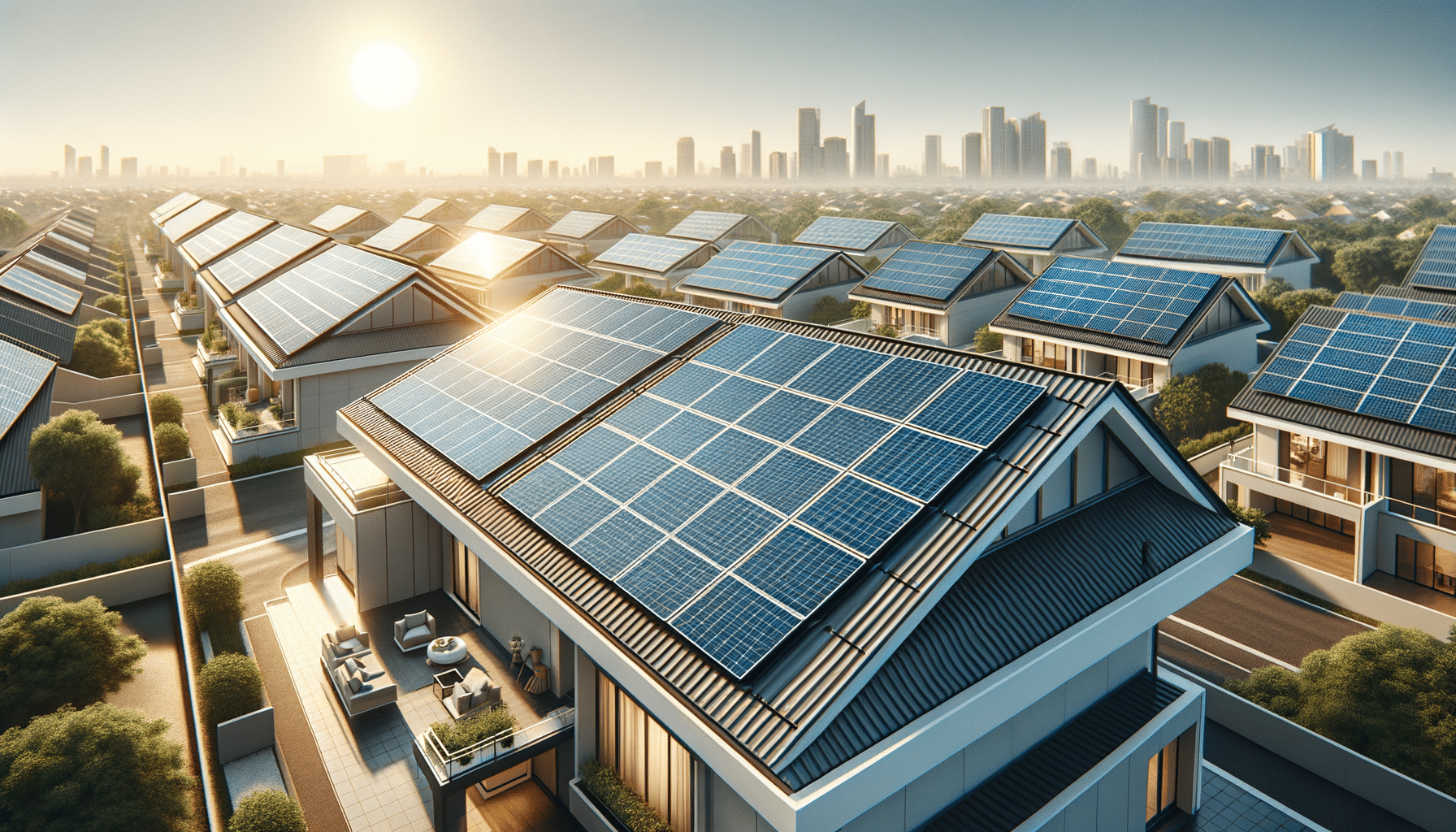
Rooftop Solar Panels: Benefits, Costs, and What to Expect
Introduction to Rooftop Solar Panels
In a world increasingly focused on sustainability and energy efficiency, rooftop solar panels have emerged as a viable solution for homeowners seeking to reduce their carbon footprint and energy costs. As more people become aware of the environmental and economic benefits, the adoption of solar energy systems continues to rise. This article explores the various aspects of rooftop solar panels, including their benefits, costs, and what homeowners can expect when transitioning to solar energy.
Benefits of Installing Rooftop Solar Panels
Rooftop solar panels offer a multitude of benefits that extend beyond mere energy savings. One of the most compelling advantages is the reduction in electricity bills. By harnessing the sun’s energy, homeowners can significantly decrease their reliance on traditional power sources, which often results in lower monthly utility expenses. This financial benefit can be particularly attractive in regions with high electricity rates.
Furthermore, solar panels contribute to environmental sustainability. By generating clean, renewable energy, they help reduce greenhouse gas emissions, thereby playing a crucial role in combating climate change. This aligns with global efforts to transition to sustainable energy sources and reduce the carbon footprint.
Another benefit is energy independence. With solar panels, homeowners are less vulnerable to power outages and fluctuations in energy prices. This energy autonomy can be particularly reassuring in areas prone to frequent power disruptions.
In addition to these practical benefits, solar panels can increase property value. Homes equipped with solar energy systems are often seen as more attractive to potential buyers, as they promise lower energy costs and a commitment to sustainability. This can be a significant advantage in the real estate market.
Cost Considerations and Financial Incentives
While the initial investment for rooftop solar panels can be substantial, it’s important to consider the long-term financial benefits. The cost of solar panels has decreased significantly over the past decade, making them more accessible to a broader range of homeowners. Additionally, many governments and local authorities offer financial incentives, such as tax credits and rebates, to encourage the adoption of solar energy.
These incentives can significantly offset the initial installation costs, making solar panels a more financially viable option. In some cases, homeowners can also benefit from net metering programs, which allow them to sell excess energy back to the grid, further enhancing the financial returns on their investment.
It’s also worth noting that solar panels require minimal maintenance, which helps keep ongoing costs low. Most systems come with warranties that cover repairs and maintenance for several years, providing peace of mind to homeowners.
When evaluating the cost of solar panels, it’s essential to consider the potential savings on electricity bills over time. Many homeowners find that the savings on energy costs eventually outweigh the initial investment, leading to significant financial benefits in the long run.
What to Expect When Installing Solar Panels
For those considering the switch to solar energy, understanding the installation process is crucial. The first step typically involves a site assessment by a professional solar installer. This assessment evaluates the roof’s condition, orientation, and shading to determine the optimal placement for the panels.
Once the assessment is complete, the installation process can begin. This usually involves mounting the panels on the roof, connecting them to an inverter, and linking the system to the home’s electrical panel. The entire process can take a few days to a couple of weeks, depending on the system’s complexity and the installer’s schedule.
Homeowners should also prepare for some paperwork, as permits and approvals may be required before installation can proceed. Working with a reputable installer can simplify this process, as they often handle the necessary documentation on behalf of the homeowner.
After installation, homeowners can expect a brief adjustment period as they learn to monitor and manage their new solar energy system. Many systems come with monitoring apps that allow users to track energy production and consumption in real-time, providing valuable insights into their energy usage patterns.
Overall, the transition to solar energy can be a rewarding experience, offering both financial and environmental benefits. By understanding what to expect during the installation process, homeowners can make informed decisions and maximize the advantages of their solar energy systems.


